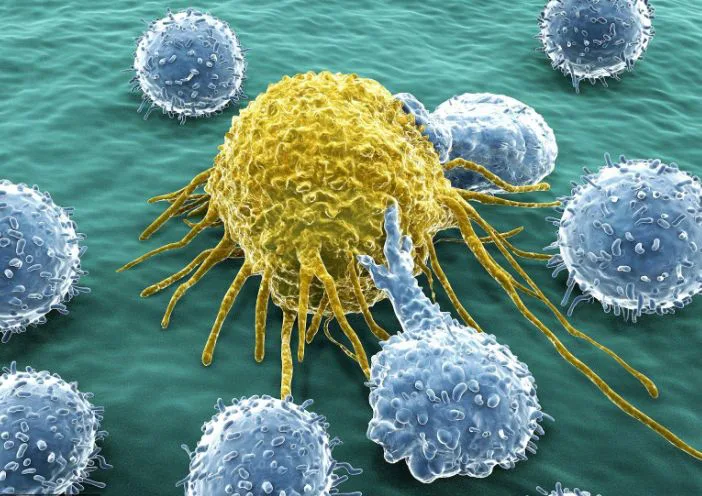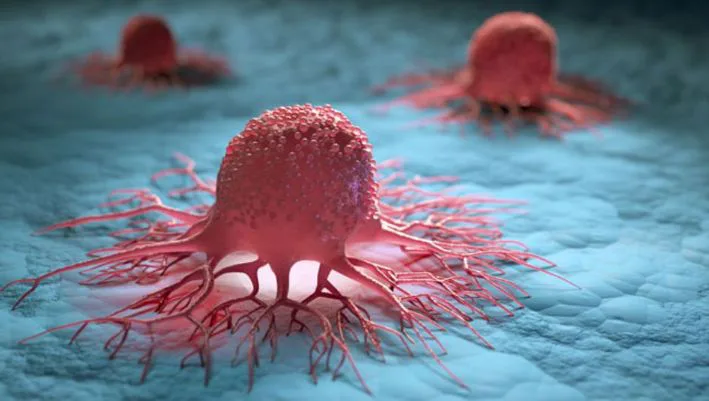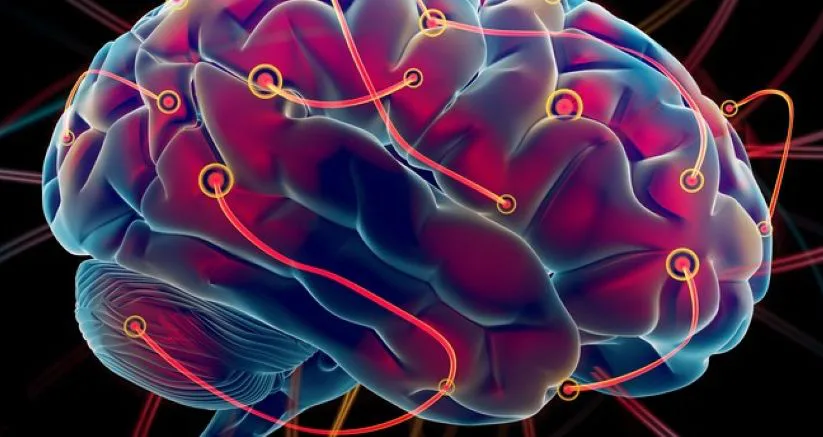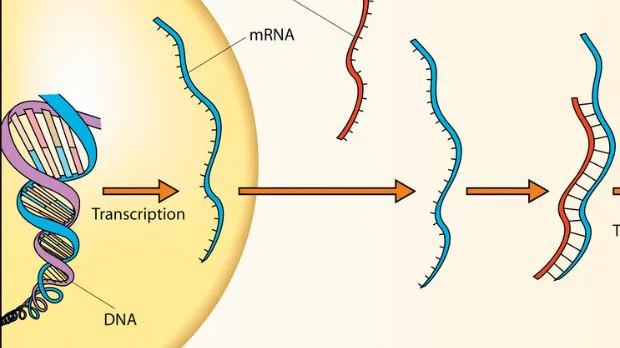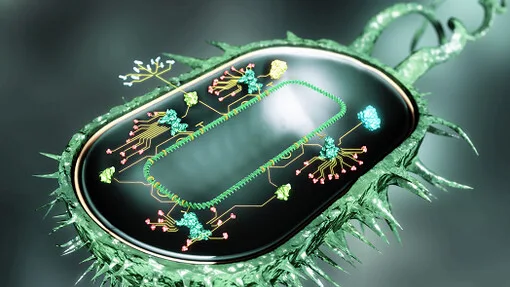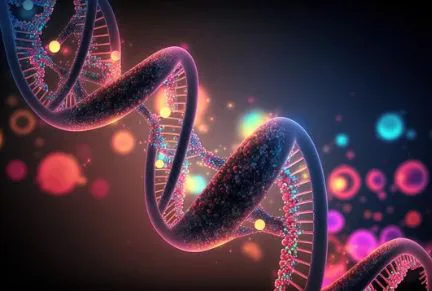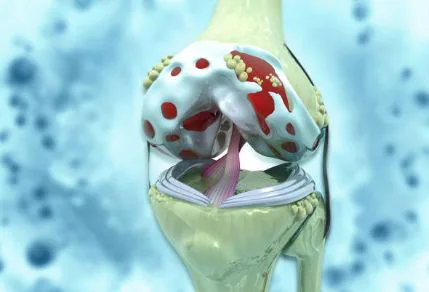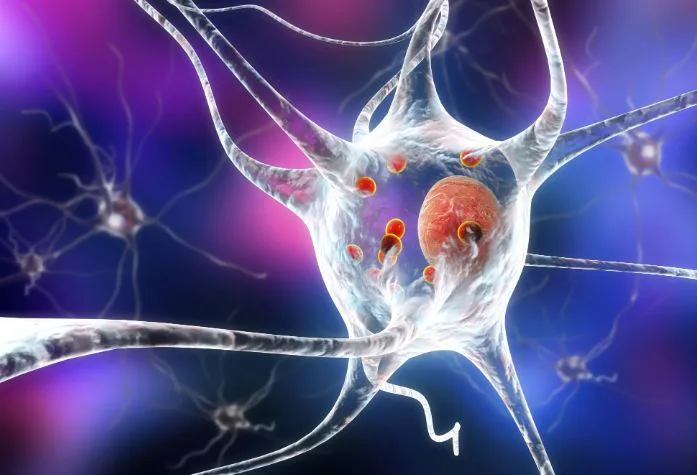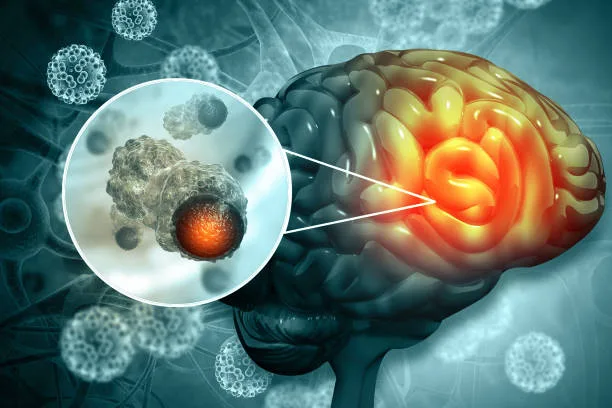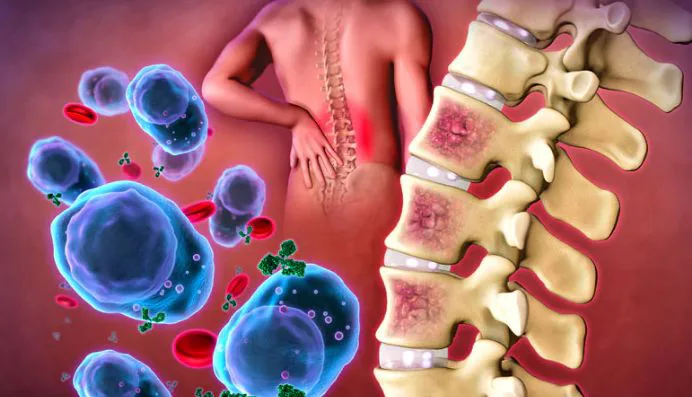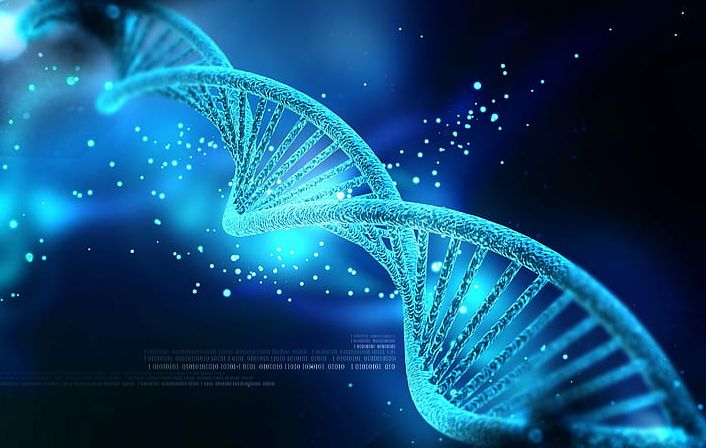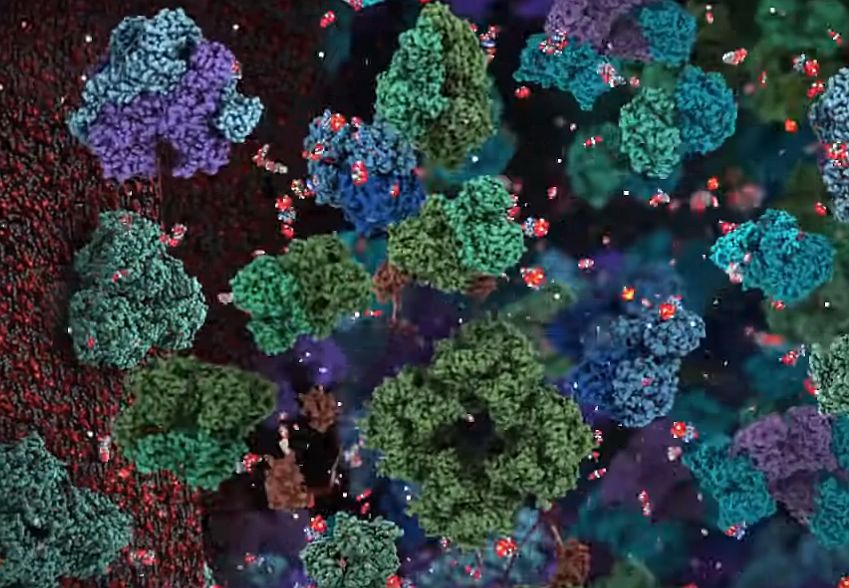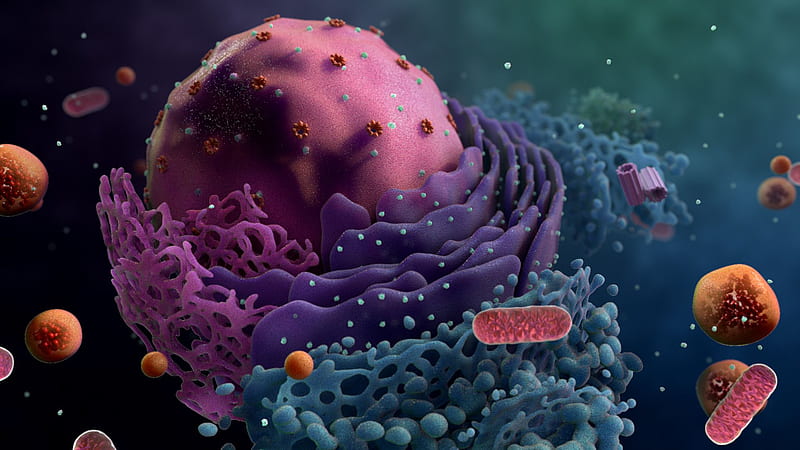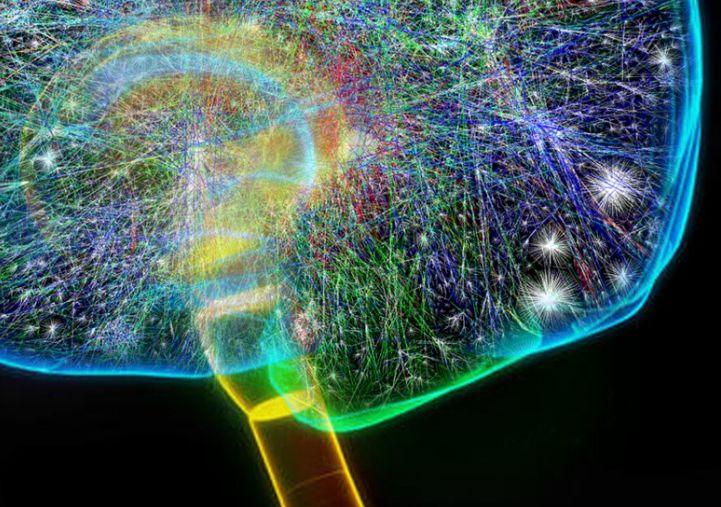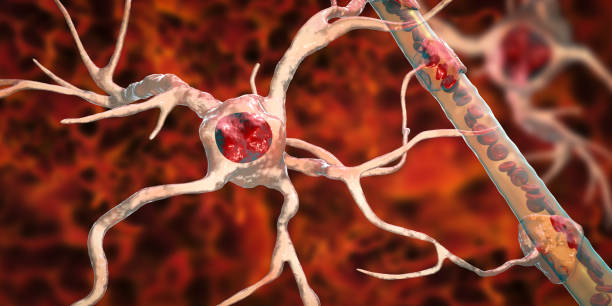Immune system’s ability to distinguish between infections and inflammation is pretty much fascinating. The combination of mechanisms and signals is quite intrigue. And scientists feel there is much to explore. This clearly shows how sophisticated our body’s defense mechanisms are. Our immune system has been protecting us from a wide range of threats. And yet at the same time evolving over a span of millions of years.
Read MoreCategory: Health Tonics
Coordinated Gene Expression in Tumor Microenvironment: Cancer Research
Researchers at the Ludwig Cancer Research have surfaced a remarkable discovery in the realm of cancer research. They have identified a specific duo of genes which are involved in shaping the behavior of a particular type of immune cell within tumors. Like a hidden code, the duo genes guide these cells in during the progression of cancer.
Read MoreLactate Enriches Neurogenesis: Neuronal Differentiation
Scientists at Tohoku University, Sendai, Japan made an exciting discovery regarding cellular mechanisms that assist in developing our brains. They discovered that lactate plays an important role in helping neural stem cells become specialized neurons. Lactate happens to be the by-product of exercise and metabolism. Researchers even gave this process a fancy name: neuronal differentiation.
Read MoreMolecular Biology of Insulin: Decoding its Secrets via Fruit Fly Discoveries
As the scientific revelation unfolded, the discovery of insulin became the life-saving elixir to people who were suffering from diabetes, globally. Although, terms like high sugar, glucose, insulin, diabetes, glycaemic index etc are very well known to most of the masses. Yet, the first step of insulin synthesis, has been a tantalizing secret, which is yet to be unravelled even by the researchers. In a similar quest, scientists at the University of Michigan observed the tiny world of fruit flies. They studied how insulin is made in fruit flies by…
Read MoreMinimal Organisms Shape Evolution: The Power of Simplicity
Genomes come in various levels of complexity. Of course, it also depends on the number of genes an organism possesses. A genome is set of genetic material or DNA (deoxyribonucleic acid) present in a living entity. It contains all the instructions necessary for an organism’s development, functioning, and reproduction. Not all living entities have equal number of genomes. Some bacteria, for instance, have very few genes, while plant and animal genomes can have tens of thousands.
Read MoreRNA-Guided Endonucleases in Eukaryotes: Genetic Tools found in Nature
An international team of researchers has identified a programmable RNA-guided system in eukaryotes. Eukaryotes encompass plants, animals, fungi, and protists. The newly discovered system is based on a protein called Fanzor. It uses RNA as a guide to precisely target DNA. The researchers demonstrated that Fanzor proteins can be reprogrammed to edit the genome of human cells. Compared to CRISPR/Cas systems, the Fanzor system is more compact and has the potential to be delivered more easily to cells and tissues as therapeutics.
Read MoreBiodegradable Gel shows promise for Cartilage Regeneration: Biomaterial Engineering
One of the biggest challenges that still haunts tissue engineering and regenerative medicine is, how to mimic the properties of articular cartilage in synthetic materials. Articular cartilage possesses a unique combination of stiffness and toughness. These features allow the connective tissues to withstand the mechanical stresses and strains experienced during joint movement.
Read MoreOmega-3 Slow ALS Progression: Fatty Acid has Neuroprotective Effects
Recent study led by Harvard T.H. Chan School of Public Health suggests that a diet high in alpha-linolenic acid (ALA) may have potential benefits for individuals with amyotrophic lateral sclerosis (ALS). ALS is a progressive neurodegenerative disease that affects nerve cells responsible for controlling muscle movement.
Read MoreTargeting Folate Receptors in Gliomas: A New Way to Detect Brain Tumors
Recent research conducted by Maxwell Miner from the University of Turku in Finland, working at the Turku PET Centre, sheds light on the potential of folate receptors as a valuable tool in the field of brain tumor imaging and treatment. Folate-based radiopharmaceuticals are a type of medical imaging agent that combines folate – a form of vitamin B9 – with a radioactive substance.
Read MoreTargeted SiRNA Delivery to Treat Multiple Myeloma: Nanoparticle-mediated
The University of Pennsylvania in Philadelphia conducted a study utilizing siRNA technology to suppress the cyclophilin A (CyPA) protein. Surprisingly, this approach not only led to a reduction in tumor size. But it also enhanced survival rates among patients diagnosed with multiple myeloma.
Read MoreDNA Damage Repaired through Antioxidant Enzymes: Genetic Restoration
At the fundamental level, function of human cell is to convert nutrients into energy and useful products that sustain life. In the process, these cells give out certain waste products that otherwise cause harm to the inner environment. For instance, reactive oxygen species (ROS) molecule is one of the natural byproducts of cellular metabolism. ROS are highly reactive molecules that contain oxygen atoms with unpaired electrons.
Read MoreProtein-based Nano Device to Influence Cell Behaviour: Synthetic Biology
Conventional methods in synthetic biology for cell-based therapies focus on using specific proteins to achieve a desired effect in cells. For instance, cancer treatment involves certain proteins to kill cancer cells. while, some proteins are used to help tissues regenerate after an injury. This process, however, is lengthy as it takes time for the proteins to be produced and break down. Additionally, it requires a lot of energy from the cells.
Read MoreBiomolecular Condensates possesses an Electric Potential: Biological Chemistry
Electrical charges have a vital role in majority of biological processes in the human body. In fact, the human body is an incredibly complex electrical system that relies on the flow of electrical charges to carry out its functions. Electrical signals, for instance, are not only used by the brain and nerves to communicate with each other. But the same signals also allow us to move our muscles, feel sensations, and think. At the cellular level, ions such as sodium, potassium, and calcium work in tandem to regulate various processes…
Read MoreDistinct Activation Patterns of Projection Neurons: Cortical Dynamics
Cerebral cortex is the outer layer of cerebrum, that is the largest part of the brain. All kinds of higher-level processes such as language, memory, and decision-making are performed in this region. The complex, densely packed structure is saturated with various types of neurons. It is extremely difficult to image its neuronal dynamics with the necessary spatial and temporal resolution. So far, fMRI (functional magnetic resonance imaging) technique is widely used for studying brain activity. However, when it comes down to examine neural circuitry at the point of a single…
Read MoreAstrocytes are the Information Regulators: Brain Pathology
Astrocytes are the non-neuronal cells that provide support and maintenance to neurons in the brain and spinal cord. They have a star-shaped morphology, with multiple branching processes that extend out from the cell body. They form specialized junctions with blood vessels for regulating the transport of nutrients and other molecules between the brain and the bloodstream.
Read More
